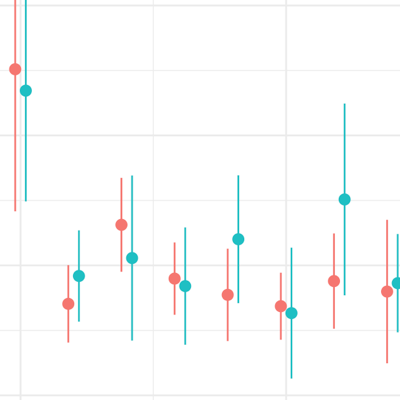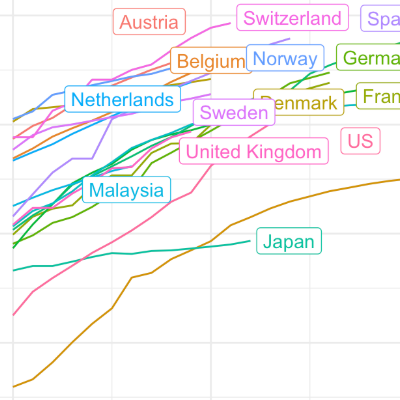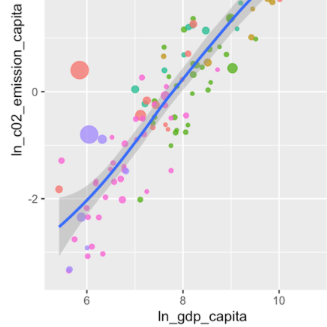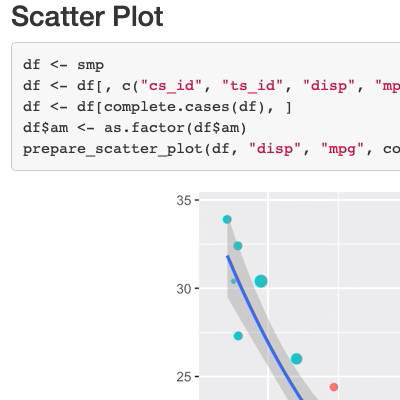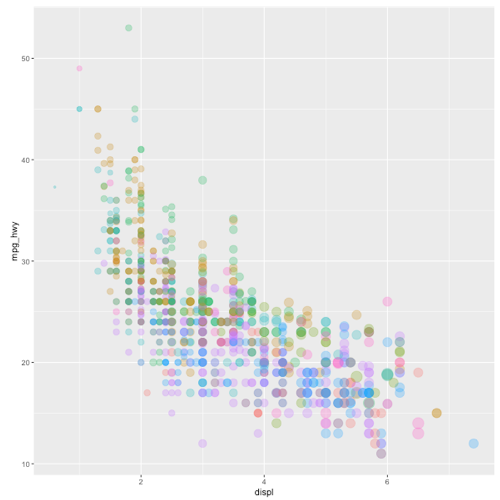Following up on prior posts I now document on how to obtain and merge data on government measures (like social distancing measures or lockdown rules) provided by the Assessment Capacities Project (ACAPS) with the Covid-19 data from the Johns Hopkins CSSE team. In the longer run, this merged data can be used to study the impact of interventions on the global spread of the virus.
